Tuesday, October 27. 2009
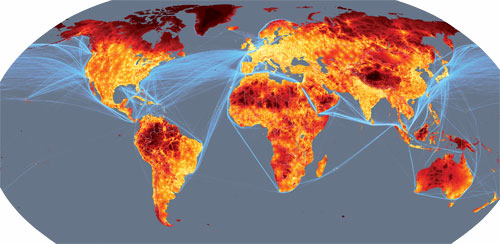
Very little of the world's land can now be thought of as inaccessible, according to a new map of connectedness.
The maps are based on a model which calculated how long it would take to travel to the nearest city of 50,000 or more people by land or water.
The model combines information on terrain and access to road, rail and river networks. It also considers how factors like altitude, steepness of terrain and hold-ups like border crossings slow travel.
Plotted onto a map, the results throw up surprises. First, less than 10% of the world's land is more than 48 hours of ground-based travel from the nearest city.
What's more, many areas considered remote and inaccessible are not as far from civilisation as you might think. In the Amazon, for example, extensive river networks and an increasing number of roads mean that only 20% of the land is more than two days from a city - around the same proportion as Canada's Quebec province.
Via New Scientist
Monday, October 26. 2009
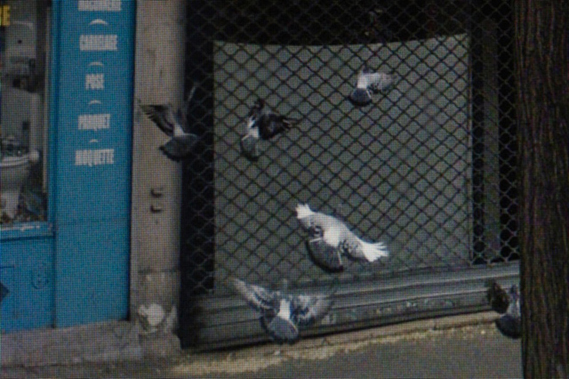
Noted at the excellent thingsmagazine.net is a new project from photographer Michael Wolf, who navigated his way through Google's Street View map of Paris to create some beautiful images of the city...
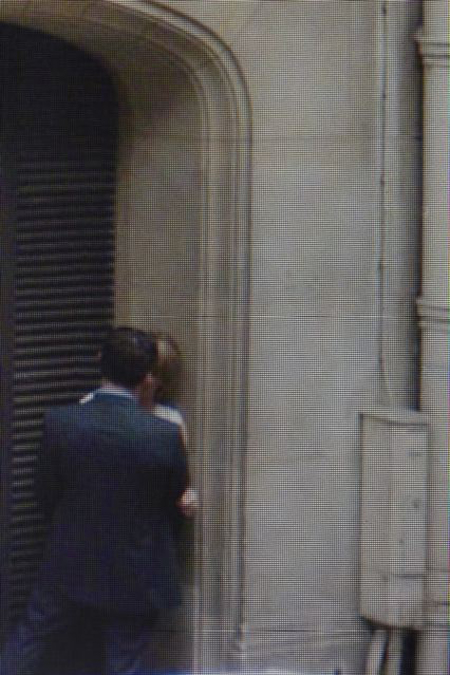 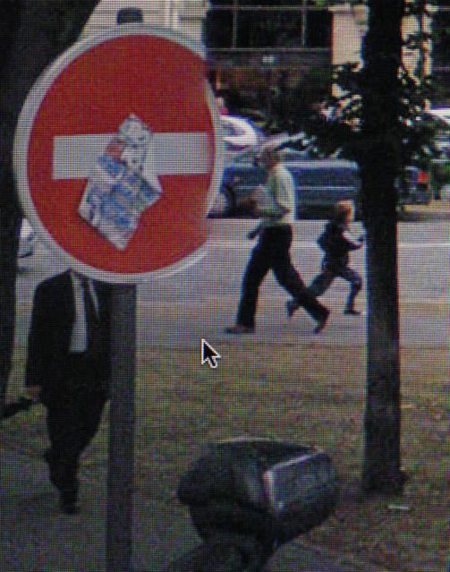
Those familiar with Street View will know that in addition to capturing the topography of a city at street level, the programme also, inevitably, captures its inhabitants. With their circular, air-brushed faces, the majority of the figures digitised for Street View are largely unaware of the Google cars with their rooftop cameras.
Now the inhabitants of Paris also find themselves in Wolf's artistic take on the Google mapping project. And he's retrieved some lovely moments of people and things caught for a single arbitrary moment on a particular day in the city.
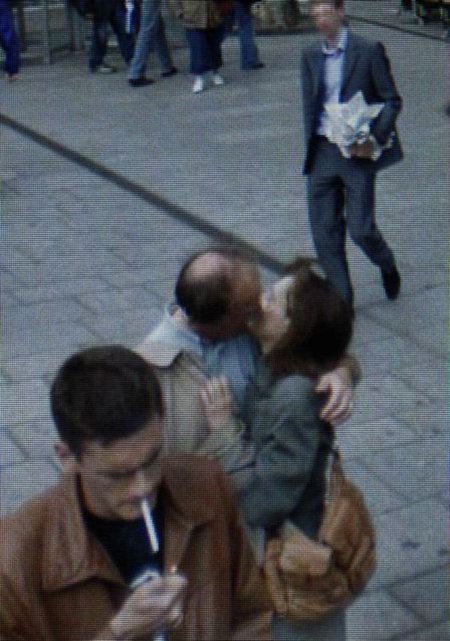 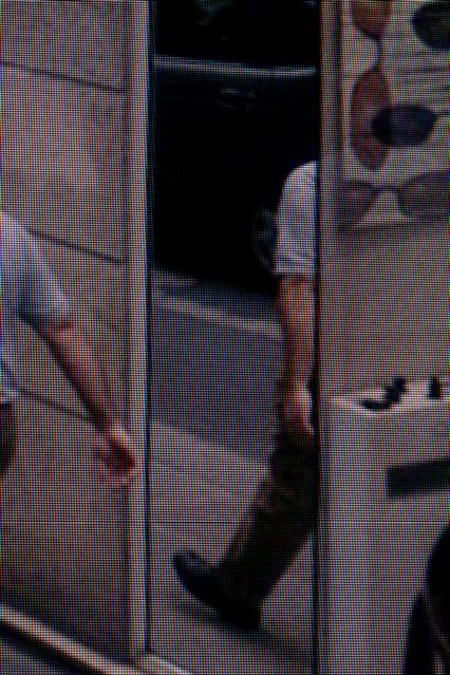
By way of an explantion of his intentions with the Paris Street View project, thingsmagazine offers this quote from Wolf:
"The problem is that compared to Asia, Paris is a stagnant city – very little has changed architecturally since Atget's times, and the cliches are a nightmare to get out from under of. Strangely enough, it was Google Street View which enabled me to take any photos at all of Paris.
"I spent weeks going through the city on my monitor, street by street, looking into windows, discovering reflections, searching out interesting juxtapositions, topologies, trying various crops/styles (Frank, Doisneau, Ruscha, and so on). The lack of a third dimension wore me down at times, but it was quite an interesting journey."

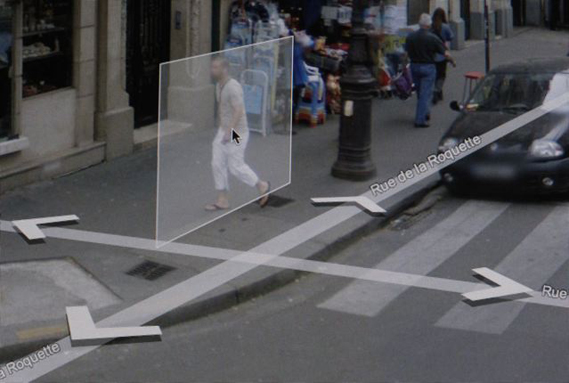
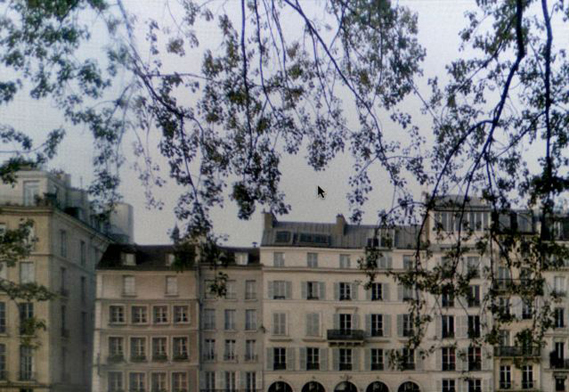
To see all the images from the project, check out the Paris Street View page at photomichaelwolf.com.
-----
Via Creative Review
Personal comment:
La société à travers le filtre ou l'"autre appareil photographique" qu'est Google (street view)...
Wednesday, October 21. 2009
 This week, the FCC is expected to reveal the details of its Net Neutrality plan, which Chairman Julius Genachowski has discussed numerous times over the past month. This week, the FCC is expected to reveal the details of its Net Neutrality plan, which Chairman Julius Genachowski has discussed numerous times over the past month.
Now, a coalition of 23 of the world’s largest Internet and technology companies are formally offering their support for the new rules in a letter to the Chairman, posted to the Open Internet Colaition website.
Signed by Eric Schmidt of Google, Mark Zuckerberg of Facebook, Evan Williams of Twitter, and other industry leaders, the group once again articulates the pro-Net Neutrality argument:
“For most of the Internet’s history, FCC rules have ensured that consumers have been able to choose the content and services they want over their Internet connections. Entrepreneurs, technologists, and venture capitalists have previously been able to develop new online products and services with the guarantee of neutral, nondiscriminatory access by users, which has fueled an unprecedented era of economic growth and creativity. Existing businesses have been able to leverage the power of the Internet to develop innovative product lines, reach new consumers, and create new ways of doing business.
An open Internet fuels a competitive and efficient marketplace, where consumers make the ultimate choices about which products succeed and which fail. This allows businesses of all sizes, from the smallest startup to larger corporations, to compete, yielding maximum economic growth and opportunity.”
While the major players on the Internet are seemingly united behind net neutrality, it could take “many months” for the rules to be formalized according to The Wall Street Journal. That’s because cable companies and ISPs will also have an opportunity to argue their case that a completely open Internet with no ability to cap bandwidth usage and costs is bad for business.
In any event, it would seem that a battle that has been many years in the making is finally about ready to take center stage.
Image courtesy of iStockphoto, enot-poloskun
Personal comment:
C'est drôle, Google, Facebook & co parlent un peu comme si le web leur appartenait (et qu'il fallait le protéger), non? Cela laisse un sentiment contraire au propos qui est développé par ces "grands acteurs", nouveaux consortiums data-médiatiques.
A week or so back, a bright guy I met at PICNIC named Lincoln Schatz asked me if I mightn’t list for him a few things I’d been reading lately. I got about halfway through before I realized that I was really compiling a manifest of books I’d been consulting as I put together the pieces of my own.
So this is for you, Lincoln – but I bet it’d also be particularly valuable for readers who are coming at issues of networked urbanism from the information-technological side, and would like a better grounding in sociological, psychological, political and architectural thinking on these topics. (There’s also a pretty heavy overlap here with the curriculum Kevin Slavin and I built our ITP “Urban Computing” class around.)
Not all of these were equally useful, mind you. Some of the titles on the following list are perennial favorites of mine, or works I otherwise regard as essential; some are badly dated, and one or two are outright wank. But they’ve all contributed in some wise to my understanding of networked place and the possibilities it presents for the people who inhabit it.
Two caveats: first, this is very far from a comprehensive list, and secondly, you should know that I’ve provided the titles with Amazon referral links, so I make a few pennies if you should happen to click through and buy anything (for which I thank you). At any rate, I hope you find it useful.
UPDATE 19 October 20.49 EEDT
Thanks, everyone, for the suggestions. Please do bear in mind that, as I noted, this is not a comprehensive list of interesting urbanist books, but an attempt to account specifically for those works that have been influential on my own thinking. With a very few exceptions, I’m no longer looking for new insights, but for ways to consolidate and express those deriving from my encounter with the works listed.
That said, I’ll continue to update the page as I either remember titles that ought to have been included in the first place, or in fact do assimilate new points of view.
- Alexander, Christopher, et al.: A Pattern Language
- Ascher, Kate: The Works: Anatomy of a City
- Augé, Marc: Non-Places: Introduction to an Anthropology of Supermodernity
- Aymonino, Aldo and Valerio Paolo Mosco: Contemporary Public Space/Un-Volumetric Architecture
- BAVO, eds.: Urban Politics Now: Re-Imagining Democracy in the Neoliberal City
- Bachelard, Gaston: The Poetics of Space
- Baines, Phil and Catherine Dixon: Signs: Lettering in the Environment
- Banham, Reyner: The Architecture of the Well-Tempered Environment
- Benjamin, Walter: Selections from The Arcades Project
- Benkler, Yochai: The Wealth of Networks: How Social Production Transforms Markets and Freedom
- Borden, Iain: Skateboarding, Space and the City
- Brand, Stewart: How Buildings Learn
- Canetti, Elias: Crowds and Power
- Careri, Francesco: Walkscapes: Walking as an Aesthetic Practice
- Carter, Paul: Repressed Spaces
- Crawford, J.H.: Carfree Cities
- Davis, Mike: Planet of Slums
- De Cauter, Lieven: The Capsular Civilization
- De Certeau, Michel: Chapter VII, “Walking in the City,” from The Practice of Everyday Life
- DeLanda, Manuel: Part I, “Lavas and Magmas,” from A Thousand Years of Nonlinear History
- Design Trust For Public Space: Taxi 07: Roads Forward
- Di Cicco, Pier Giorgio: Municipal Mind: Manifestos for the Creative City
- Dourish, Paul: Where The Action Is
- Flusty, Steven: Building Paranoia
- Fruin, John J.: Pedestrian Planning and Design
- Gehl, Jan: Life Between Buildings: Using Public Space
- Goffman, Erving:
• Behavior in Public Places
• Interaction Ritual
- Graham, Stephen and Simon Marvin: Splintering Urbanism
- Greenfield, Adam (that’s me!): Everyware: The Dawning Age of Ubiquitous Computing
- Hall, Edward T.: The Hidden Dimension
- Hammett, Jerilou and Kingsley, eds.: The Suburbanization of New York
- Hara, Kenya: Designing Design
- Hardt, Michael and Antonio Negri: Empire
- Haydn, Florian and Robert Temel, eds.: Temporary Urban Spaces
- Holl, Steven, Juhani Pallasmaa and Alberto Pérez-Gómez: Questions of Perception
- Hughes, Jonathan and Simon Sadler, eds.: Non-Plan
- Ito, Mizuko, Daisuke Okabe, and Ken Anderson: “Portable Objects in Three Global Cities: The Personalization of Urban Places“
- Iwamoto, Lisa: Digital Fabrications
- Jacobs, Jane: The Death and Life of Great American Cities
- Kaijima, Momoyo, Junzo Koroda and Yoshiharu Tsukamoto: Made in Tokyo
- Kay, Alan: “User Interface: A Personal View,” in The art of human-computer interface design (Laurel, ed.)
- Kayden, Jerold S.: Privately Owned Public Space: The New York City Experience
- Kieran, Stephen and James Timberlake: Refabricating Architecture
- Klingmann, Anna: Brandscapes: Architecture in the Experience Economy
- Klooster, Thorsten, ed.: Smart Surfaces and their Application in Architecture and Design
- Latour, Bruno:
• Aramis, or: The Love of Technology
• Reassembling the Social
- Lefebvre, Henri: The Production of Space
- Lynch, Kevin: The Image Of The City
- McCullough, Malcolm: Digital Ground
- Mollerup, Per: Wayshowing: A Guide to Environmental Signage Principles and Practices
- Miller, Kristine F.: Designs on the Public
- Mitchell, William J.:
• City of Bits
• Me++: The Cyborg Self and the Networked City
- Moran, Joe: Reading the Everyday
- Mumford, Lewis: The City In History
- MVRDV: Metacity/Datatown
- Neuwirth, Robert: Shadow Cities: A Billion Squatters, A New Urban World
- Nold, Christian, ed.: Emotional Cartography: Technologies of the Self
- O’Hara, Kenton, et al., eds.: Public and Situated Displays: Social and Interactional Aspects of Shared Display Technologies
- Oldenburg, Ray: The Great Good Place
- Qiu, Jack Linchuan: Working Class Network Society
- Raban, Jonathan: Soft City
- RAMTV: Negotiate My Boundary
- Rheingold, Howard: Smart Mobs
- Rudofsky, Bernard: Streets for People
- Sadler, Simon: Archigram: Architecture without Architecture
- Sante, Luc: Low Life
- Sennett, Richard: The Uses of Disorder
- Senseable City Lab: New York Talk Exchange
- Solnit, Rebecca: Wanderlust: A History Of Walking
- Suchman, Lucy: Plans and Situated Actions
- Tuan, Yi-Fu: Space and Place
- Varnelis, Kazys, ed.: The Infrastructural City
- Wall, Alex: Victor Gruen: From Urban Shop to New City
- Waldheim, Charles, ed.: The Landscape Urbanism Reader
- Watkins, Susan M.: Clothing: The Portable Environment
- Whitely, Nigel: Reyner Banham: Historian of the Immediate Future
- Whyte, William H.: The Social Life of Small Urban Spaces
- Wood, Denis and Robert J. Beck: Home Rules
- Zardini, Mirko, ed.: Sense Of The City: An Alternate Approach to Urbanism
-----
Via Adam Greenfield Speedbird
Personal comment:
Adam Greenfield, théoricien et essayiste des questions liées à l'"urban computing", l'"ubiquitous computing", etc. publie ici une bibliographie liée à son prochain livre. Beaucoup de choses connues et de "usual suspects", mais aussi quelques noms qui le sont moins, tout au moins pour nous. Bonne ressource à creuser, si nécessaire.
Intéressant également de constater l'approche "ouverte" qu'adopte Greefield par rapport à son prochain livre, publiant régulièrement des informations ou des extraits à son propos, questionnant la "communauté" de son blog sur les thèmes abordés, etc.
Monday, October 12. 2009
 We’ve seen Tweets posted by plants, a space shuttle and even a house, so we shouldn’t be particularly surprised to hear that commercial jets are now Tweeting and posting Facebook messages (sorta). In fact, we think the idea is ingenious. We’ve seen Tweets posted by plants, a space shuttle and even a house, so we shouldn’t be particularly surprised to hear that commercial jets are now Tweeting and posting Facebook messages (sorta). In fact, we think the idea is ingenious.
Admittedly, it’s not the plane itself doing the Tweeting: it’s the airline. Lufthansa has set up a new service named MySkyStatus that automatically posts the current position of your flight to Twitter or Facebook so your friends can follow your travels (and your friends living in those cities can look up!).
Typical status updates read “flying over San Francisco Intl, California 94030, USA on United Airlines” or “flying over Grantsville, UT 84029, USA on United Airlines”. It seems the system posts the flight’s position around once per hour, pulling info from a database of flight information.
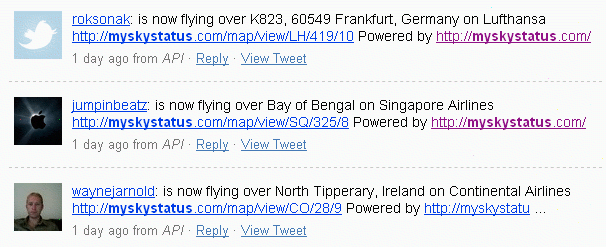
Here’s the really smart bit: I stumbled on the service because one of my Facebook friends was on a United Airlines flight today. Clicking the link in the update, of course, directs you to the Lufthansa MySkyStatus page with a Google Map of the flight’s position, meaning that Lufthansa is getting free social media promotion from people travelling on all airlines. Pretty smart.
On a long haul flight, of course, the system may post 20 updates or more, but the functionality is so cool that I’m prepared to give some slack to those Twitter and Facebook friends who have decided to put their updates on autopilot.
-----
Via Mashable
Personal comment:
Real life & positioning & objects status, etc. to text... Interesting to see how Twitter becomes a sort of real time textual mirror to life and social life in general. A sort of textual and live version Google Earth (and more)!
I understand why developing a good and efficient search engine for Twitter or Facebook might compete with Google, at least on the (permanent) "real time" status of the planet.
|









 This week, the FCC is expected to reveal the details of its Net Neutrality plan, which Chairman Julius Genachowski has discussed
This week, the FCC is expected to reveal the details of its Net Neutrality plan, which Chairman Julius Genachowski has discussed  We’ve seen
We’ve seen 
